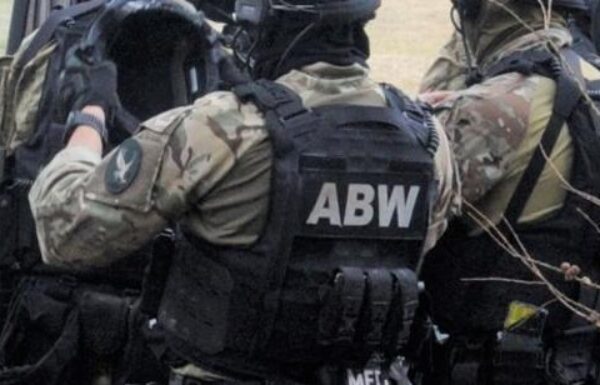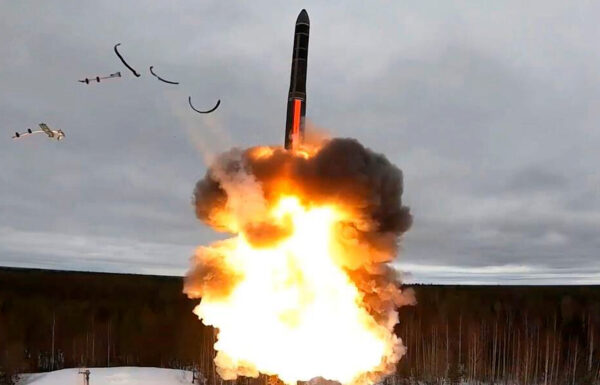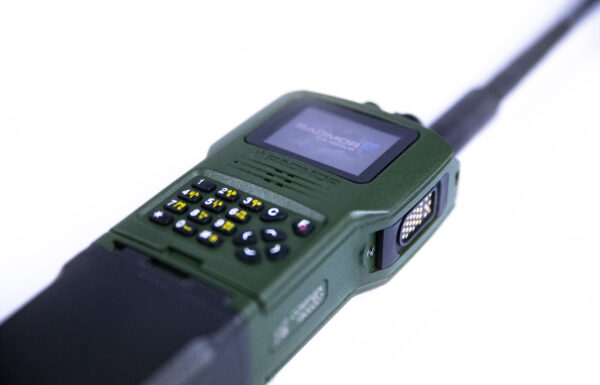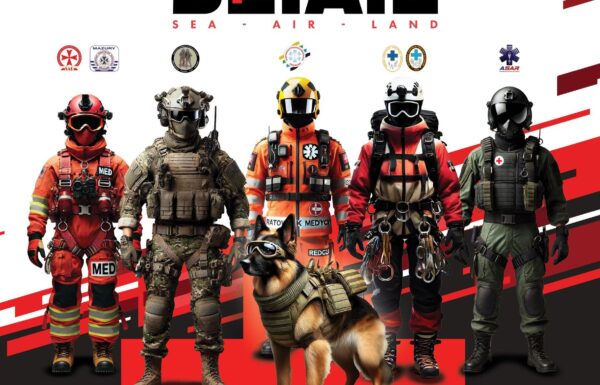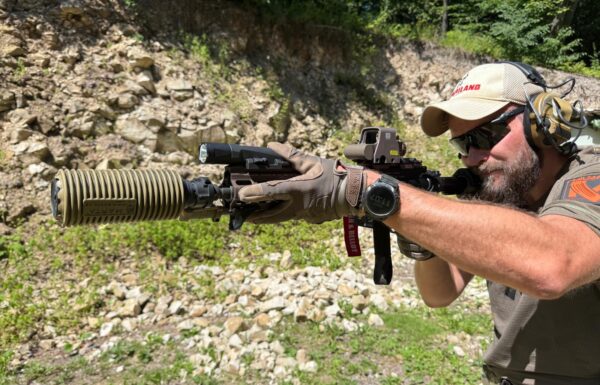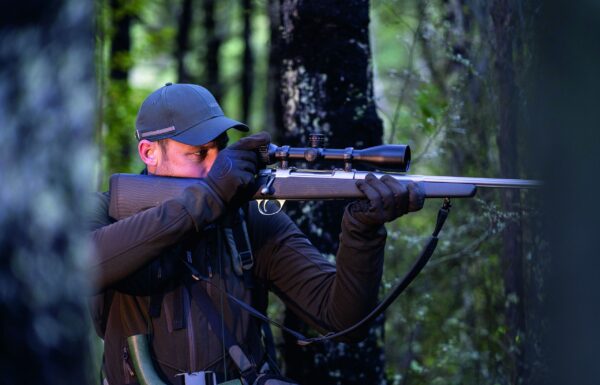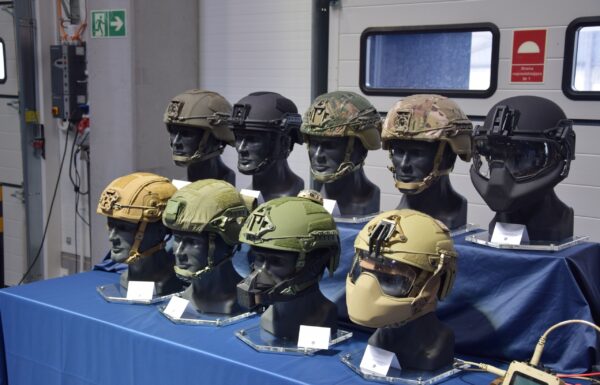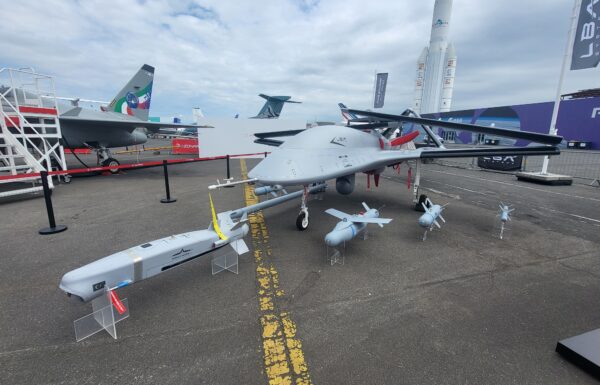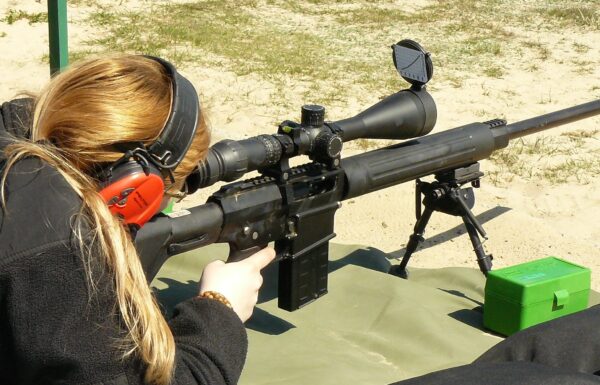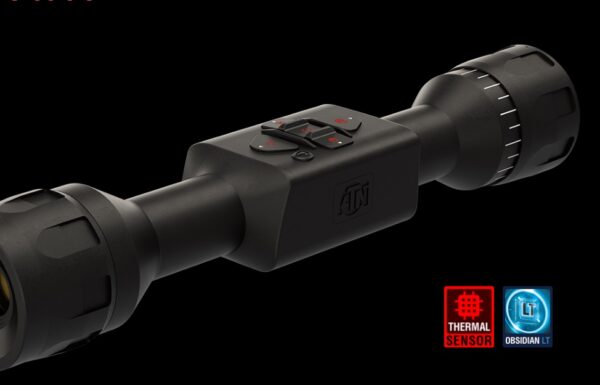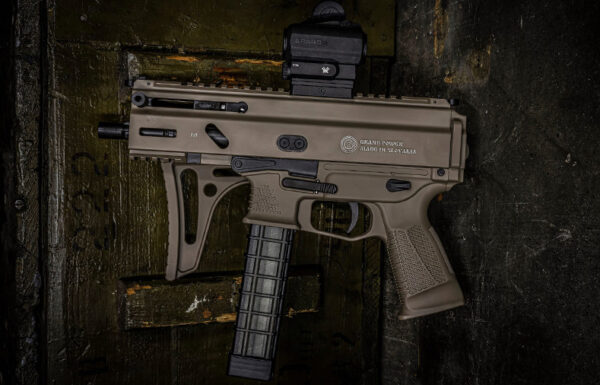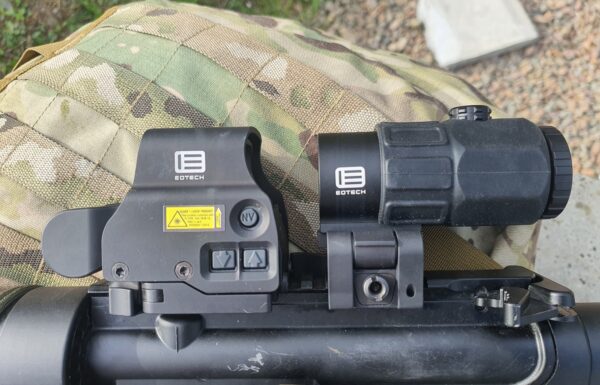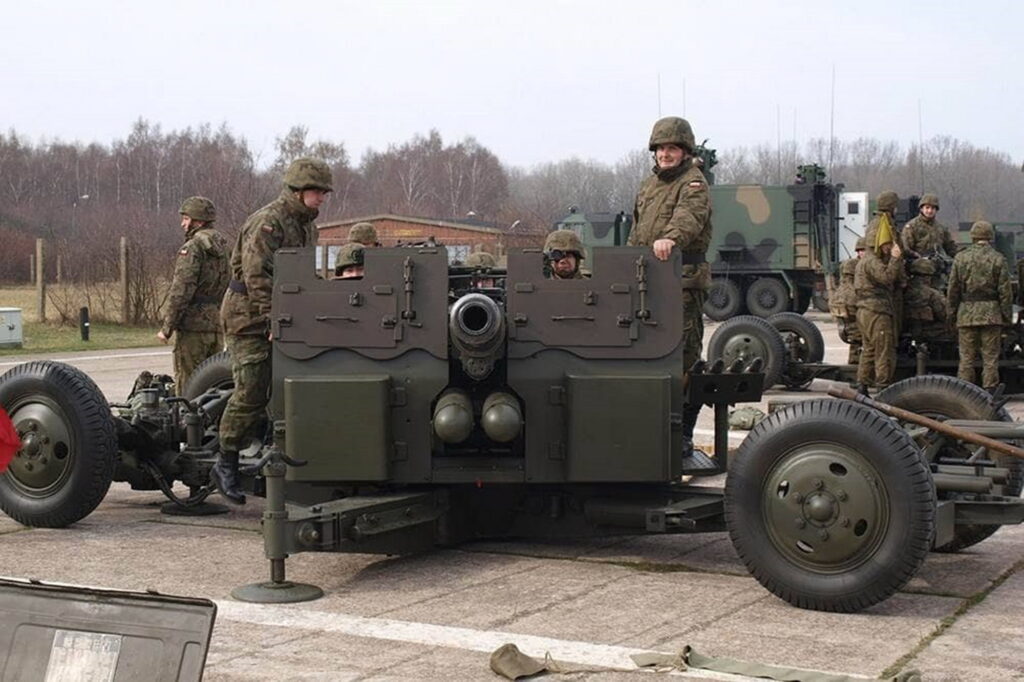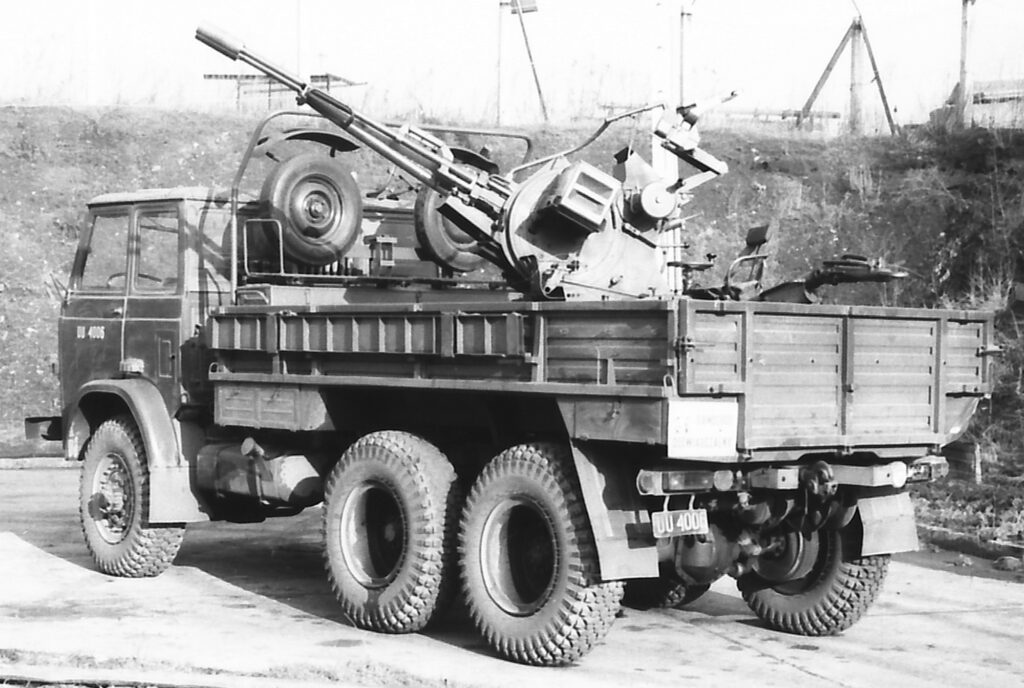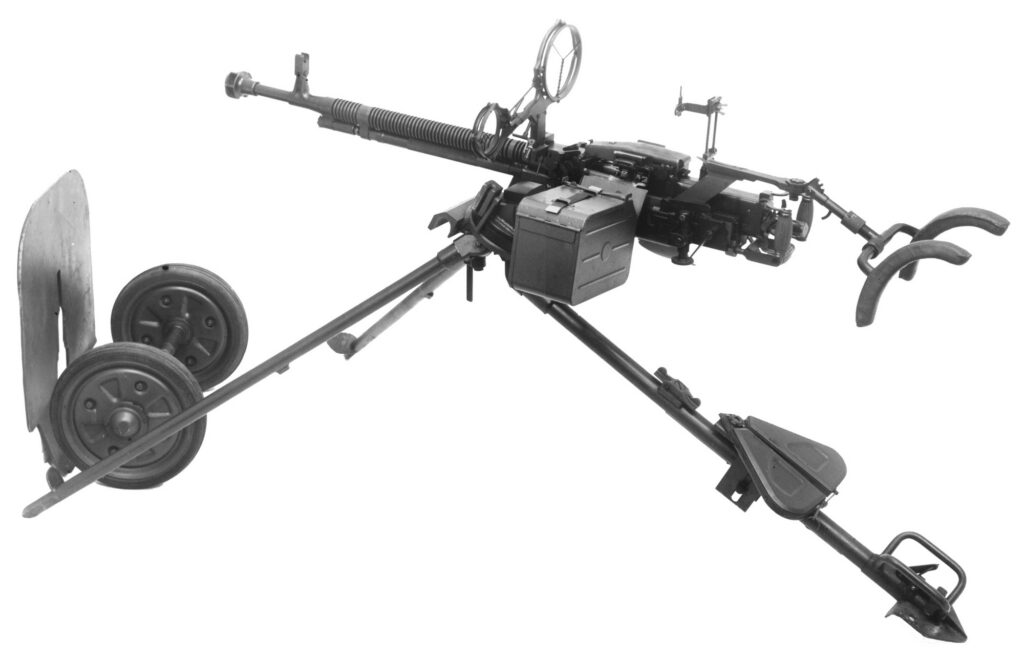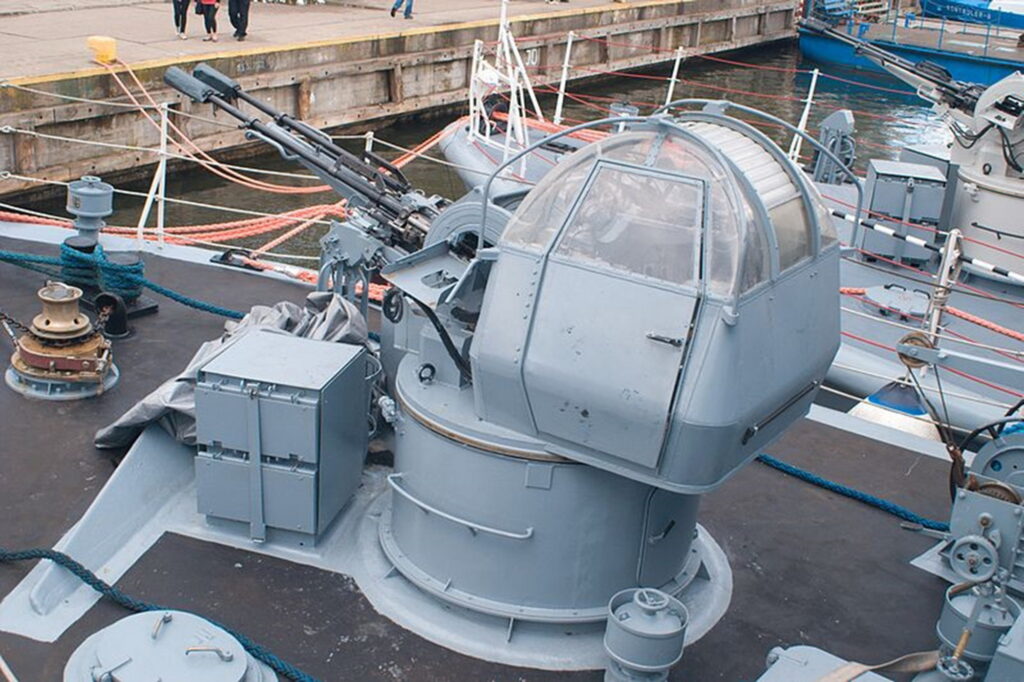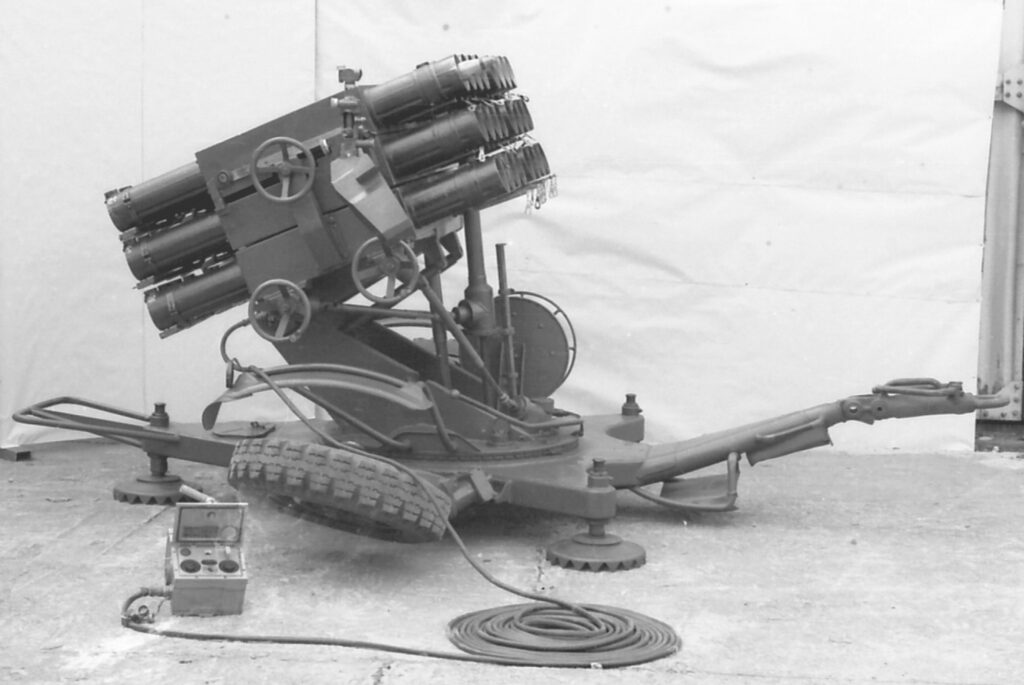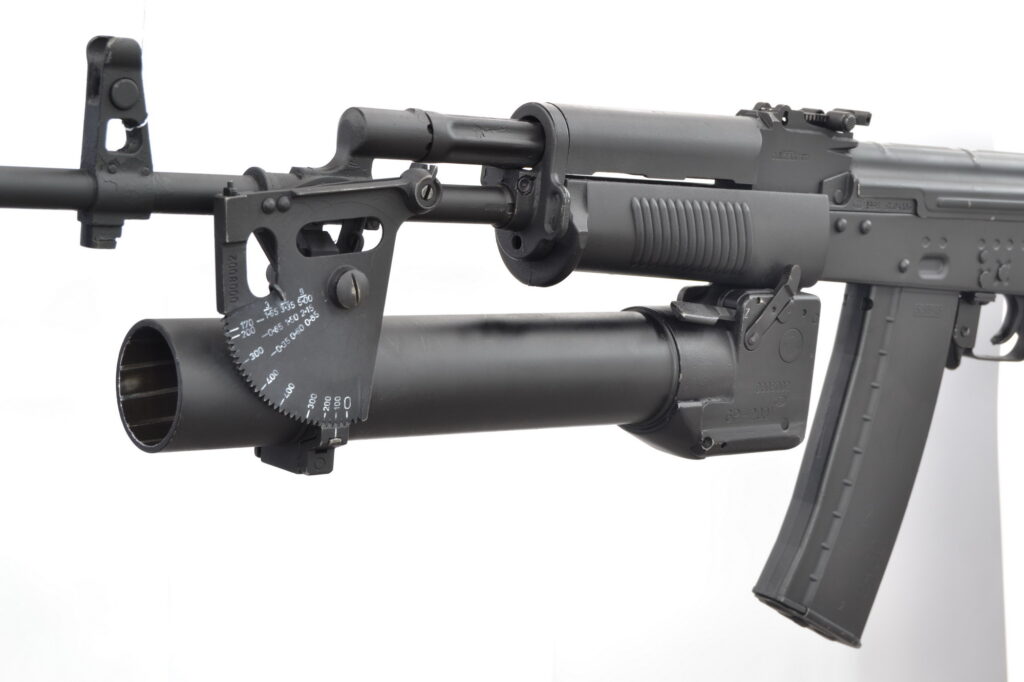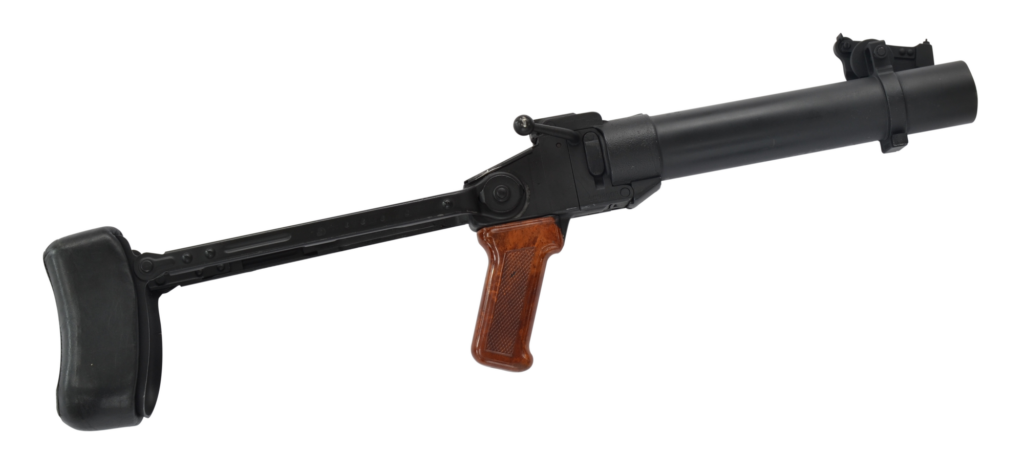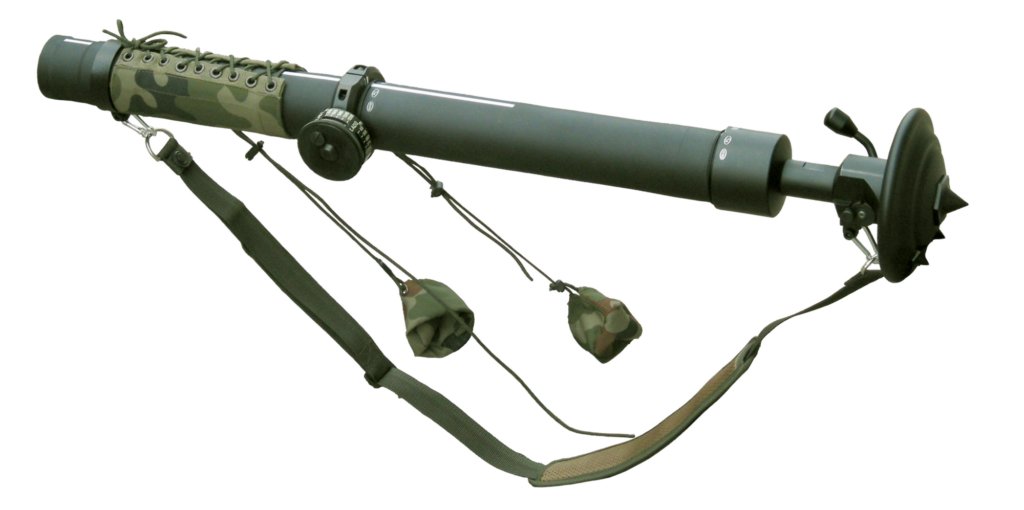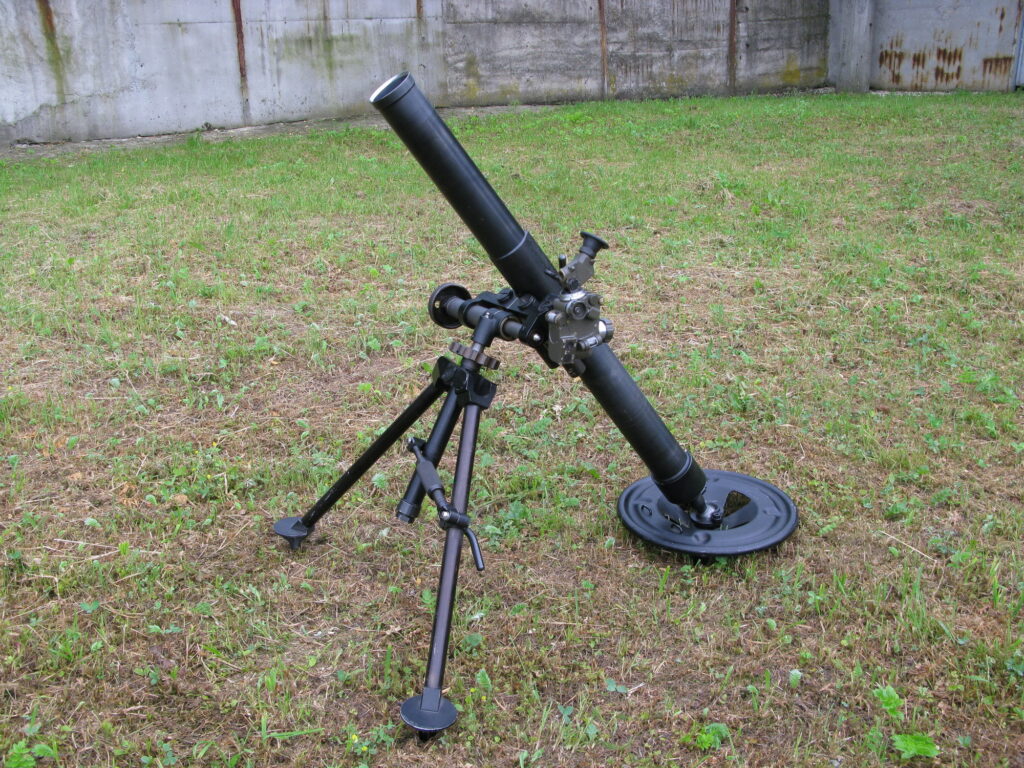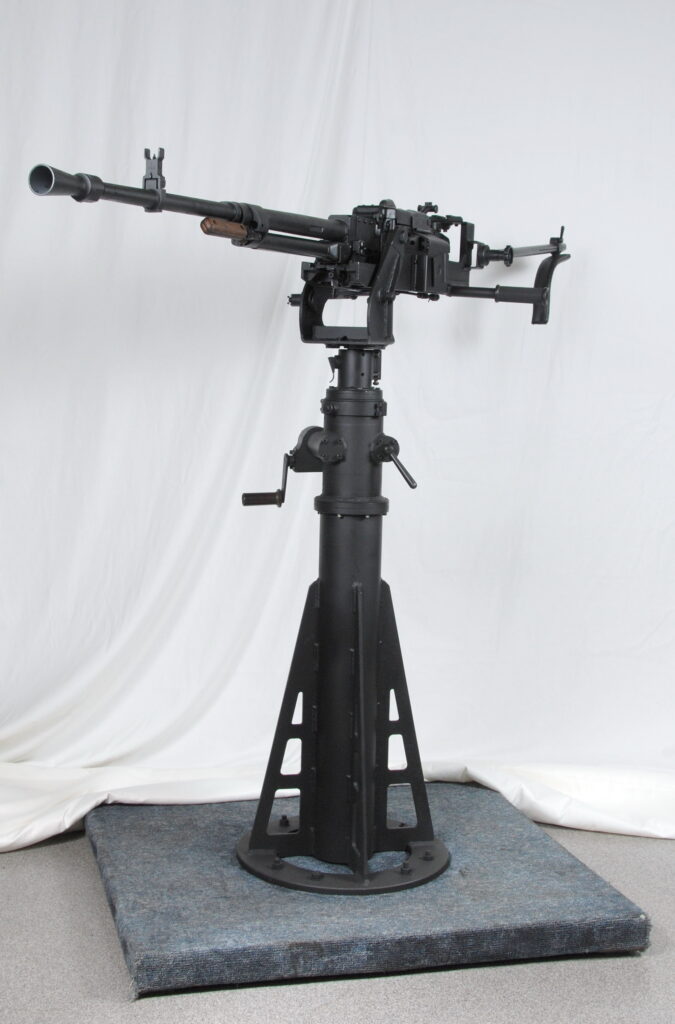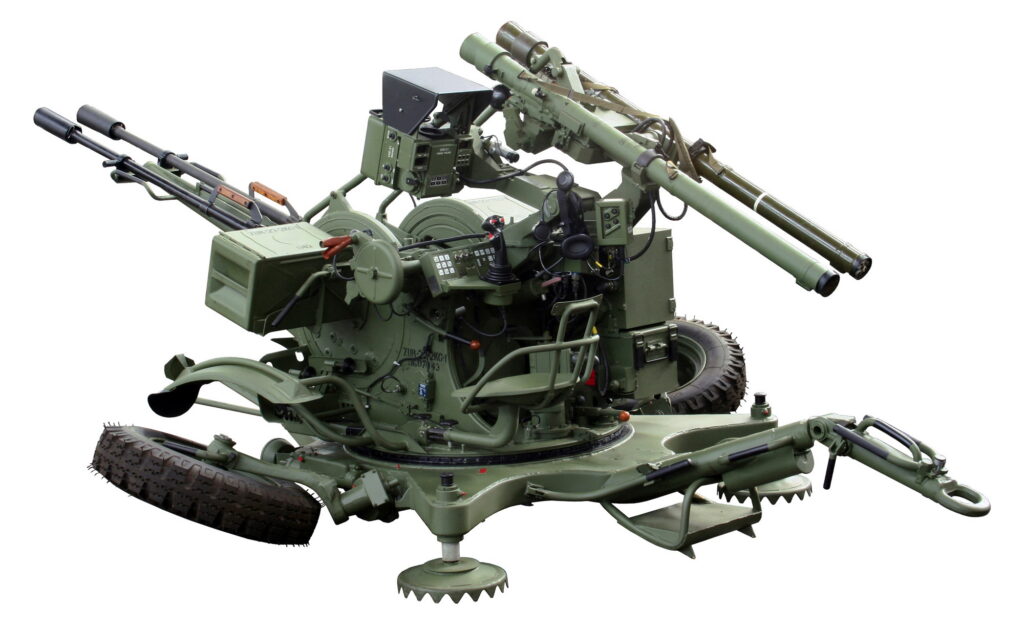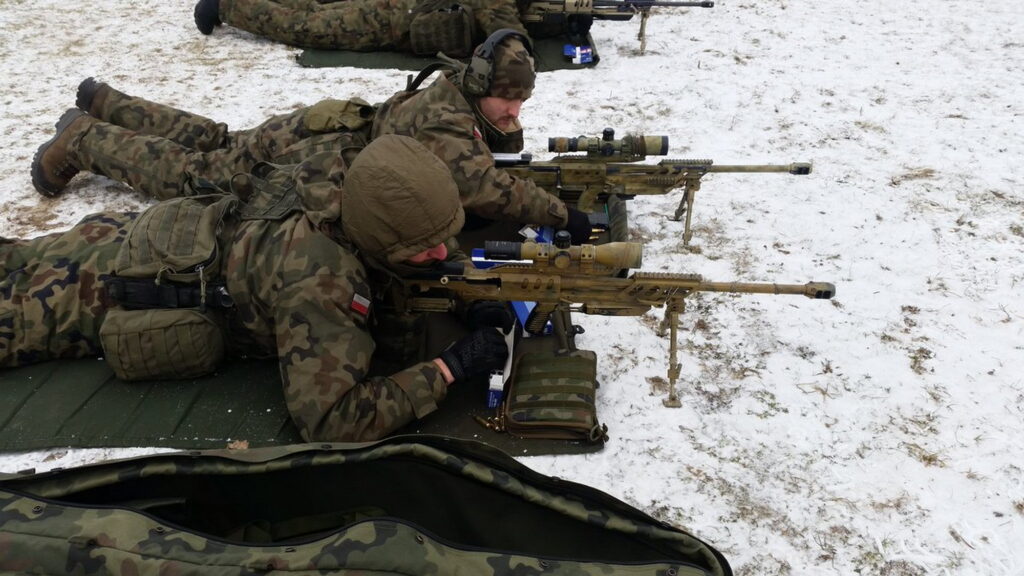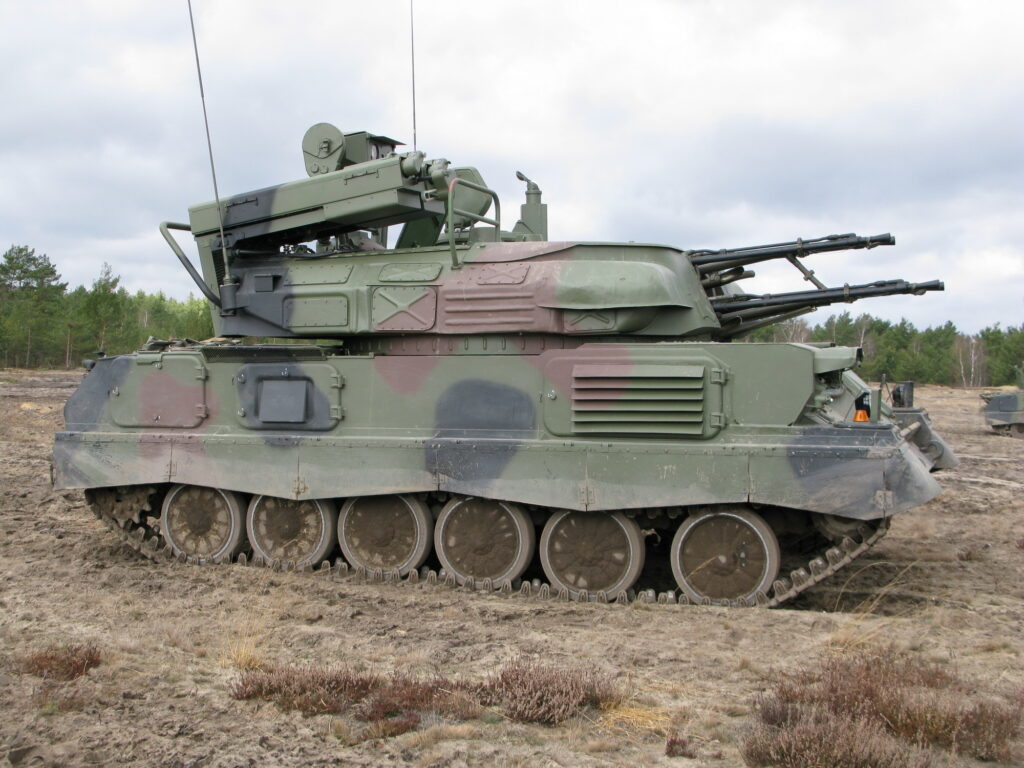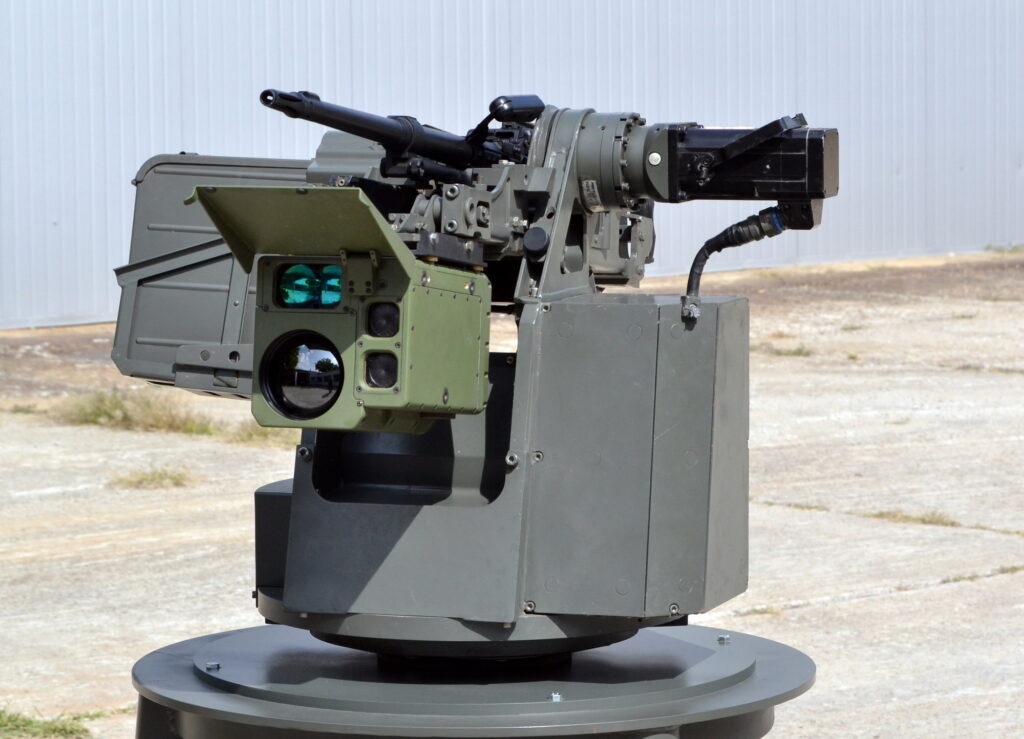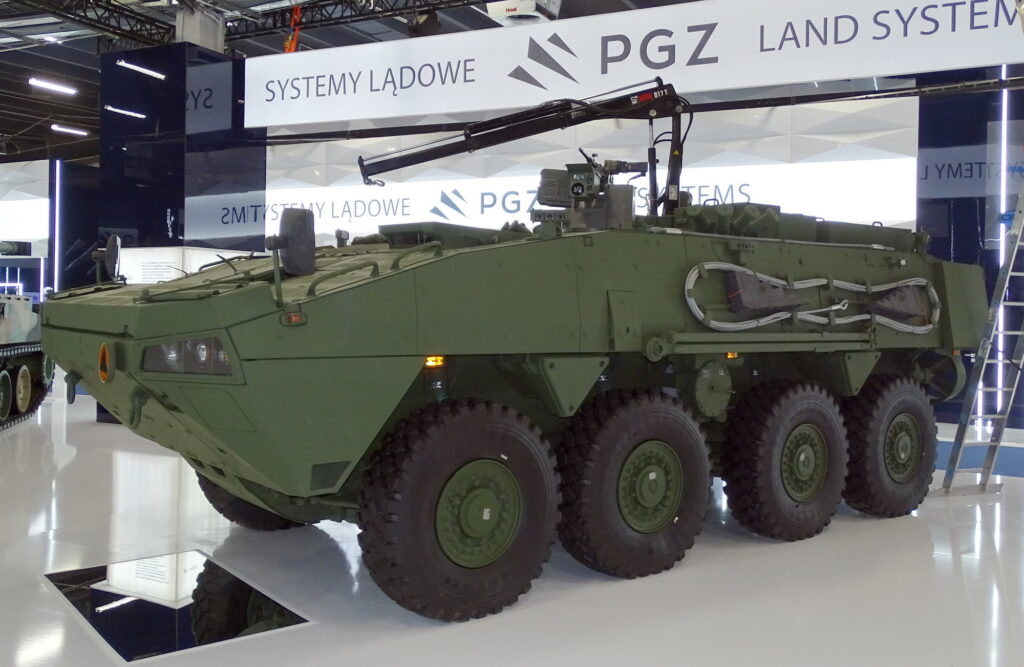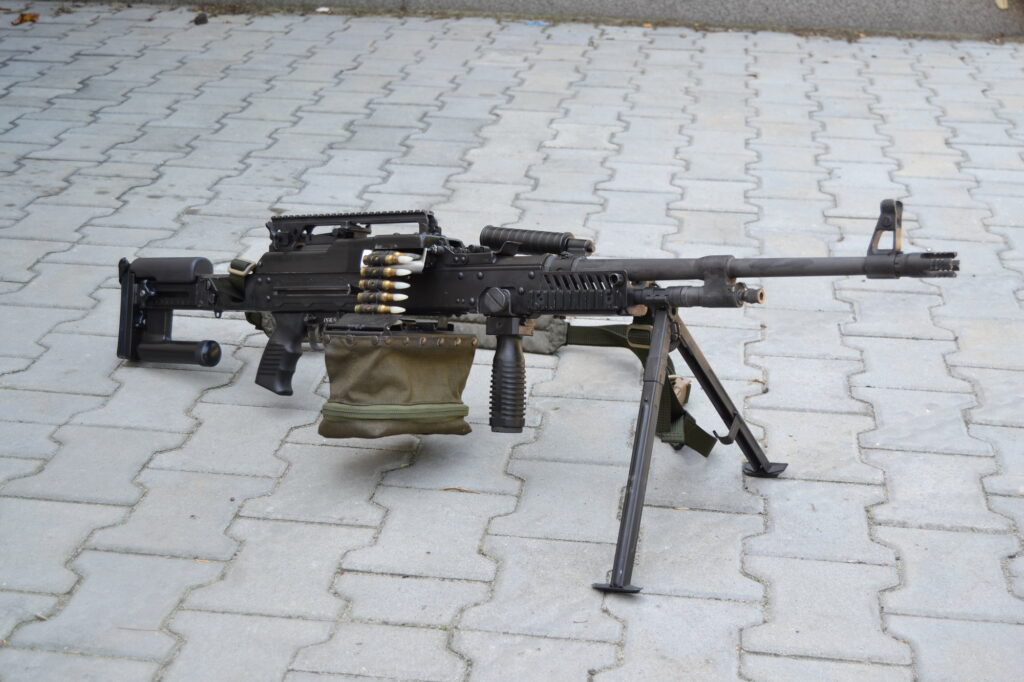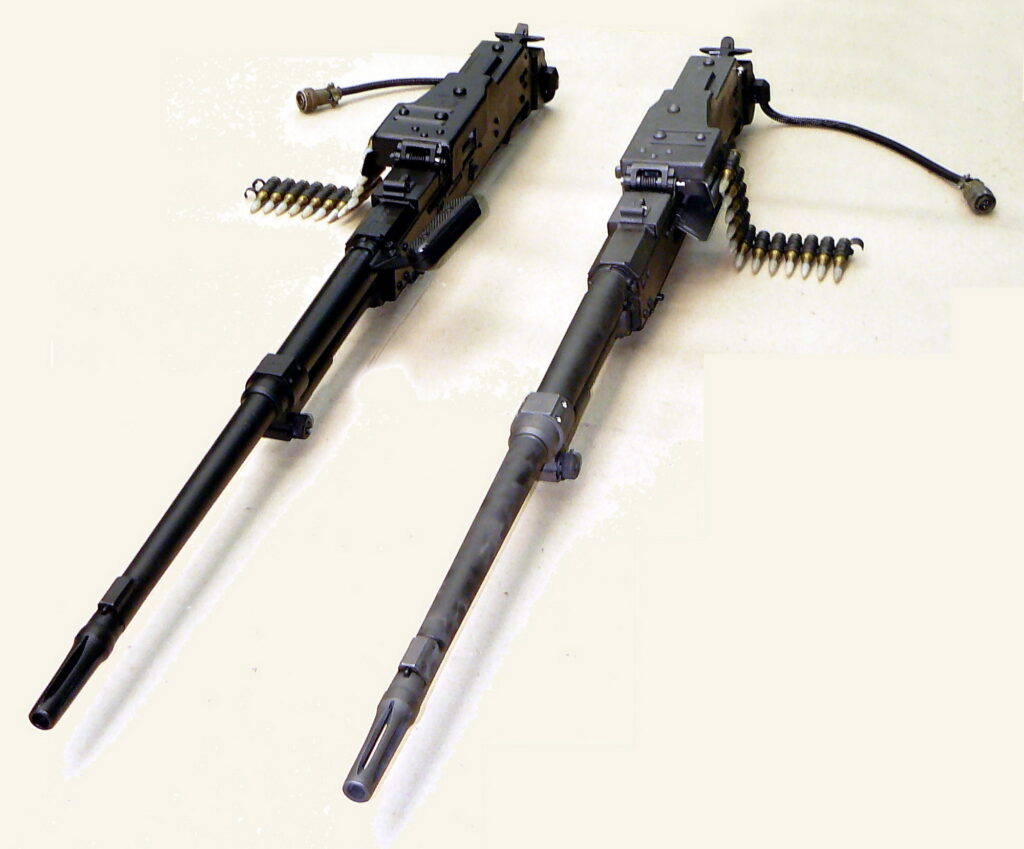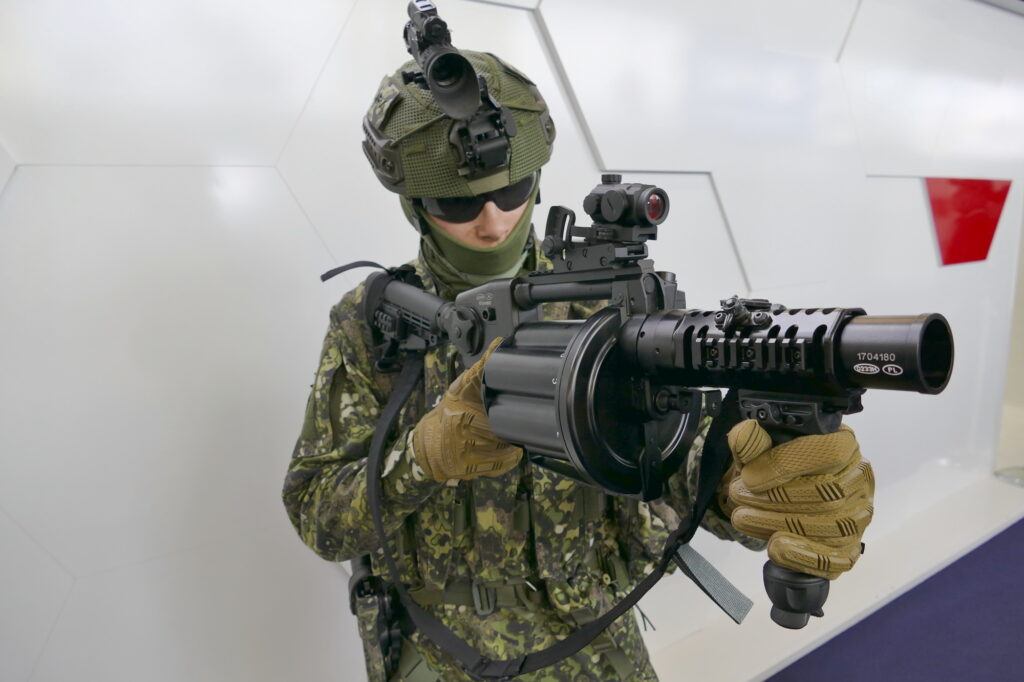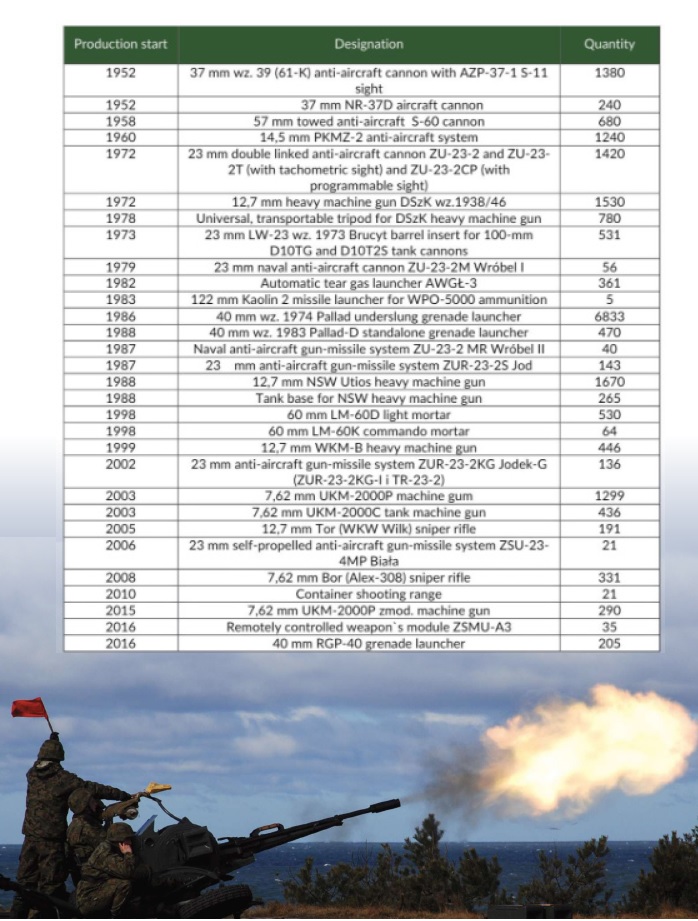In 1865 Tarnów got connected to Kraków and Dębica via a railway line. Further lines were built in the following years. At the start of 20th century, Tarnów had already become an important railway hub in Galicia. The rise of rail transport importance and the start of World War I generated the need for railroad infrastructure, including repair shops for rail carriages and engines. The project began in 1914 and was finalized 3 years later.
The Railway Workshop
Establishing of the workshops marked the beginning of the history of Zaklady Mechaniczne Tarnów, which spanned over one hundred years. Initially, 50 employees worked on the rolling stock, using 4 tracks in the carriage hall. After Poland regained her Independince, Tarnów`s importance as a railway hub increased. This resulted in the growth of the railway workshop. At the time, it operated as a part of Polskie Koleje Panstwowe (PKP; Polish State Railways).
At the beginning of 1920 shop gained a dedicated power plant, a separate carriage and mechanical departments. The number of workers was rising, with 1200 people employed in 1928. After the economical crisis, the employment stabilized at around 800 workers. The range of services was also expanded in 1933. A new engine repair hall was under construction and a separate brakes department was created.
During the nazi occupation, the workshops were functioning as Ostbahn-Ausbesserungswerk Tarnau and were still repairing the rolling stock. The needs of the war forced further development and expansion, with up to 4500 workes at one point. In the summer and autumn of 1944, with the frontline closing, the occupying forces disassembled all the equipment and, partially, the halls. What had not already been shipped out was destroyed. Rebuilding was completed after the end of the war. Normal service was soon resumed. In 1946 there were 1700 workers employed in Zaklady Naprawcze w Tarnówie. Before the 1951 changes, there were 3200 people working there.
Due to geographical location Tarnów became an important railway hub at the start of 20th century. This was a stepping stone for Zaklady Mechniczne Tarnów
The number of workers was steady on the rise. Fifty people worked there in 1917 and 1200 in 1927. In the 1930`s, after the world economic crisis, the number of workers stabilized at around 800. In 1951 there were 3200 people employed
Railway works in Tarnów were constantly expanded during the Second Polish Republic. A dedicated power plant, carriage and mechanical divisions were started in 1920. Brakes division was founded in 1933
Zakłady Mechaniczne
On the 1st of July 1951, the works were transformed into Zaklady Mechaniczne Tarnów. At the same time (1950-1953) the Korean War was raging and the ZMT was to manufacture special mechanical devices and machine tools. Mechanical devices actaully meant military equipment. In the second half of 1951, preparations for such production were started with the manufacturing beginning one year later.
During the first few years of military production, the factory was guarded by 87 soldiers of Internal Security Army Unit (Jednostka Wojskowa Krajowego Bezpieczeństwa Wewnętrznego). They were replaced in 1954 with Industrial Guard (Straż Przemysłowa).
In the meantime, departments of the head constructor, metallurgist and technologist were created. Laboratory, toolroom and measurement division was started. Fire service was developed and internal education facilities were opened. This included a vocational school, technical college and engineering course. At the same time workes number was on the rise. New, unique technologies were introduced. With time ZMT possessed technologies for working with metals, casting and for electrochemical processes.
In their best 1973–1974 years, ZMT was the second biggest employer (after Zaklady Azotowe) in Tarnów, employing 6500 people. The company also had 2 branches in Andrychow and Pruszkow. Armament was produced together with machines and tools. With time the production range expanded to refrigeration devices, agricultural equipment and mining machines. In 1970`s and 1980`s Tarnów factory produced machine tools for metal processing (lathes, grinders, hollowing machines) and high capacity refrigeration units. Production of the refrigeration equipment stopped in 1994. ZMT provided for a wide range of industry and diversified their products and services – this resulted in financial risk reduction. During the last 20 years of Polska Rzeczpospolita Ludowa (PRL; Polish People`s Republic), ZMT possessed a huge array of technologies used in military equipment manufacturing. In 1971, Ośrodek Badawczo-Rozwojowy Sprzętu Mechanicznego (OBRSM) research and development centre was created within ZMT to work on a new military design.
On the 1st of July 1951, the company was renamed Zaklady Mechaniczne Tarnów. It was to manufacture special devices and the first produced item was the Soviet 37-mm wz 1939 (61-K) anti-aircraft gun
14.5-mm PKMZ-2 anti-aircraft system was produced since 1960. There were 1240 of these produced
The beginnings (1952-1970)
Armament production in ZMT was classified as non-standard. The first weapon made in Tarnów since 1952 was the 37-mm anti-aircraft cannon wz. 1939 (61-K) with an AZP-37-1 S-11 scope. In the same year manufacturing of 37-mm aircraft cannon started. It was designated NR-37D, equipped with a muzzle device and destined for MiG-15 and MiG-17 aircraft. The peak of military production happened between 1952 and 1964 when it was the major part of all the production of ZMT. At the same time, a big, well-educated group of engineers was also employed. Some were the graduates of Politechnika Warszawska which was the only high school to educate in armament construction.
In 1956-1957, after the Korean War ended, there was s first decline in military orders. Manufacturing was limited to spare parts and accessories and to export production. This decline resulted in ZMT obtaining its second speciality – production of machine tools. The rise of military production happened at the end of 1950`s and modern weapons were manufactured.
The most important was the 57-mm S-60 wz 1950. towed anti-aircraft gun. The modernized version – S-60 MB – is the main element of the Blenda system used by current Polish Navy. Thirty-two such weapon systems are still in service. Even today the gun has modernizing potential, mainly due to 6 km efficient range.
ZMT also produced MZ-2 rolling chassis for 120-mm towed mortar and T1/ZO radio-locator station. Components for ATS artillery tractor and SKOT armoured carrier were coming from Tarnów as well. In cooperation on an international level, 14.5-mm PKMZ-2 anti-aircraft system was produced (ZU-2 in Soviet nomenclature). The system comprised two 14.5-mm KPW machine guns that were linked and located on a rolling chassis. The wheels of PKMZ-2 were lifted in the combat mode. The KPW machine guns were manufactured in Romania while the sights, chassis and assembly took place in both Romania and Poland.
After 1960`s military orders were in decline again so ZMT resumed development of machine tools and refrigeration equipment.
A very bad event took place in 1968. The no. 2 special production hall burned the ground. There were no casualties and the source was traced to faulty electrical installation. Financial losses were huge and the rebuilding process took many months.
In 1952 production of NR-37 D 37-mm aircraft cannon for MiG-15 and MiG-17 aeroplanes had started
Between 1958 and 1964, ZMT manufactured the S-60 wz. 1950 anti-aircraft gun. It`s modernized version, The S-60 MB is the main component of modern Blenda system, used by the Polish Navy
Creation of OBRSM
Armament production increased at the start of 1970`s. A lot of investment in modernizing and expanding the military production capabilities happened then. The tunnel trial station was created, employment was on the rise and additional engineers were added to the weapons production team.
The above-mentioned development was parallel to the formal start of OBRSM research and development centre. This happened in 1971 and the centre was created based on ZMT`s own resources. OBRSM was to conduct research and development work on artillery weapons of 12.7-mm plus calibre weapons. The centre was overseen directly by ZMT director.
The 1970`s Expansion
In 1972, under licence, 23-mm ZU-23-2 anti-aircraft weapon system production started. These were manufactured until 1990`s in their base form and still remain in service of the Polish Army. Additionally, documentation and prototype of truck mounted (Star vehicle) ZU-23-2 was developed and later implemented in Wojskowe Zaklady Remontowe. The modification was designated Hibneryt and allowed operation from the truck`s loading bed.
Also in 1972 DSzK wz.1938/46 (DSzKM) licensed production started. It was a 12.7-mm machine gun used as an anti-aircraft armament of T-55 tanks. The weapon, with a tripod base, a was also used by infantry. T his version`s production started in 1978 and proved popular export item. The machine guns are still used in Polish Armed Forces in the 152-mm, wz. 1977 Dana self-propelled gun-howitzers.
23-mm wz. 1973 Brucyt barrel inserts for 100-mm D10TG and D10T2S tank cannons were introduced in 1973. This product was used for crew training of T-55 tanks. The barrel inserts were used by Polish Army until the retirement of T-55s in 2002.
In 1975–1981 the name ZMT was changed to Fabryka Obrabiarek Specjalizowanych Ponar-Tarnów. Between 1974 and 1979, OBRSM adapted the 23-mm ZU-23-2M for use on Navy vessels. For the model creation, documentation from Wojskowa Akademia Techniczna (WAT) was used. It contained analysis and concept design. As Navy used birdy designation at the time, the weapon system was given the same of Sekretarz (Secretarybird). In 1975 to experimental models were built. Funnily enough, talk about the quality issues of first Secretary was not to everyone liking so the codename was later changed. OBRSM developed documentation for serial production and introduced the manufacturing process of the naval variant of the ZU-23-2M weapon system. It was re-designated as Wrobel I (House Sparrow). First serial production unit was installed on a vessel in 1979 and two last units were fitted to Z-1 tanker in 1990.
23-mm ZU-23-2 anti-aircraft gun was introduced in 1972. The additional Hibneryt concept was developed for deployment on the Star truck
1972 saw the introduction of 12.7-mm DSzK wz. 1938/46 (DSzKM) heavy machine gun. It was used on the T-55 t ank s and wz. 1977 Dana self-propelled gun-howitzers
Between 1974 and 1979, OBRSM adapted the ZU-23-2M for naval operations. The new ZU-23-2M variant was designated Wrobel 1
In 1973, 2 3-mm barrel inserts were put into production. Designated wz. 1973 Burcyt were used for training on T-555 tanks equipped with D10TG and D10T2S cannons. Inserts were used until the T-55s retired in 2002
Proprietary Solutions (1980-2000)
AWGL-3 automatic tear gas launcher was introduced in 1982. It was based on documentation developed by Osrodek Badawczo-Rozwojowy Radom (Radom R&D centre). The launcher is still in Police service as of today.
The mechanical part of the PG-2 panoramic sight for 122-mm 2S1 Gozdzik self-propelled gun-howitzer was also developed and introduced in 1982.
Between 1982 and 1983 OBRSM created the 122-mm rocket launcher for WPO-500 illumination projectiles. It was named Kaolin 2.
In 1983–1986 OBRSM, together with Warsaw-based Instutut Mechaniki Precyzyjnej (IMP; Precision Mechanics Institute) and ZMT engineers, developed a 40-mm wz. 1974 Pallad underslung grenade launcher. It was designed for AKM/AKMS assault rifles and, later on, for wz. 88 Tantal and wz. 96 Beryl rifles. Pallad was introduced in 1988. At the same time a standalone wz. 1983 Pallad-D (Desantowy, Dropable) was also under development.
A full R&D cycle concerning modernization of naval ZU-23-2M weapon system took place between 1984 and 1986. Model and prototype were build and test were performed on a floating platform. This resulted in technical documentation and manufacturing of naval anti-aircraft gun-missile system (MZRA) ZU-23-2MR codenamed Wróbel II (House Sparrow II) started. It was equipped with 23-mm liquid-cooled cannons, electric trigger, big ammunition storage, hydraulic adjustments, hydraulic charging and fully electric control system. It was also adapted to 9M32M missiles. ZU-23-2MR was initially produced by OBRSM, than by ZMT and is a base armament of small and medium Polish Navy vessels.
In 1987, together with Wojskowy Instytut Techniczny Uzbrojenia (WITU), OBRSM developed the 23-mm, ZUR-23-2S Jod anti-aircraft gun-missile system. It`s the first successful Polish modification of ZU-23-2. The process involved replacement of the vector sight with a GP-1R tachometric sight and an addition of two 9M32M missile launchers.
NSWO Utios 12.7×107 mm machine gun was introduced in 1988. Production is based on a licenced documentation. It`s fed with a different ammunition belt than DSzKM and the belt can be fed to either side of the weapon. NSW is manufactured with the ammunition feed on the right. The weapon is equipped with a quick-change barrel with a chrome-lined bore and with a conical flash suppressor.
It also has a handle for weapon carry and easy barrel change. NSW can be mounted on 6T7 and 6U6 bases. It was also produced with a hatch-mount for T-72 and PT-91 tanks.
In 1998, OBRSM started serial manufacturing of the 60-mm LM-60D long-range mortar and the LM-60K (K-Commando) mortar. These were the first mortared developed in Poland after the 2nd World War. The innovative LM-60KC version was also designed with the barrel made of dural- composite materials. Due to economic reasons, it never reached a stage of serial production. LM-60D and LM-60K mortars are in service in Polish Armed Forces. NSW Utios was adapted to 12.7×99 mm by WAT as a part of ZMT commision. Documentation was developed and production started in 1999. The weapon is manufactured under the Wielkokalibrowy Karabin Maszynowy WKM-B name and can be mounted on a ground, tank, hatch and anti-aircraft base.
A naval version – WKM-Bm – was also under development. The weapon was placed on a S-12.7 pillar mount. When compared to the 12.7-mm Browning M2HB machine guns installed on ORP Pulawski and Kosciuszko, it transpired that the American firearm is less accurate and worn out. American base didn`t allow for height adjustment, wasn`t equipped with necessary handles, the sights were poor and there was a lot of vibration during firing. Polish Navy decided to replace the M2HB machine guns with WKM-Bm on a PS-12.7 base. Thirty-three of such systems were purchased in the following years.
Automatic tear gas launcher AWG L-3 was developed in 1982 in ZMT. 361 were created and are still in use in Polish Police
Kaolin 2 122-mm missile launcher for WPO- 5000 illumination projectiles was developed and produced by OBRSM. 5 such systems were produced
OBRSM, together with IMP, developed in 1983 – 1986 the 40 – mm wz. 1974 Pallad under slung grenade launcher. 6800 were produced
1984–1986 saw the modernization of ZU-23-2M naval weapons which resulted in the introduction of ZU-23-2MR Wrobel II in 1987
Standalone wz. 1983 Pallad-D (for parachuting operations) was developed in 1988. The weapon is still in service as of today and 500 were constructed
In 1998 OBRSM started production of 60-mm LM-60K commando mortars. Army received 60 of these weapons
Also in 1998, the LM-60D light mortar was developed. It`s a 60-mm mortar used as a basic support weapon in Polish Army. 530 units were produced and delivered
WKM-B heavy machine gun for 12.7×99 mm ammunition was introduced in 1999 by ZMT. The weapon also has its naval variant – WKMBm which is mounted on a PS-12.7 pillar base
Present Times (2000-2017)
In 2002 OBRSM, together with a variety of cooperating parties, developed and introduced a 23-mm, ZUR-23-2KG Jodek-G anti-aircraft gun-missile system into production. It`s based on ZU-23-2S Jod and is equipped with Grom missiles, electric adjustment, CKE-2 reflex sight and a modern control system. The weapon platform is in service with Polish Army.
By virtue of the ministerial order, Zakłady Przemysłu Metalowego H. Cegielski from Poznan moved their production line of PKM/ PKT machine guns. This happened when H. Cegielski opted out from military production. In the end, no PKM/PKT weapons ever left the ZMT`s production lines. In 2003 however, a new line of UKM-2000 machine guns was introduced based on documentation developed by WAT. The UKM-2000 family includes the UKM-2000P (infantry), UKM-2000D (paratroopers) and UKM-2000C (tank) versions. These were manufactured until 2010.
2000-2004 seen the development and manufacturing introduction of 12.7-mm Wilk (Wolf) sniper rifle. It was accepted into Polish Amry armament under the Tor designation. The weapon fires 12.7×99 mm round and is used for attacking important targets up to 2000 m range. It`s the first sniper rifle fully developed in Poland. Manufacturing started in 2005 and is still ongoing.
In 2000-2005, together with other companies such as 4 th O kręgowe Warsztaty Techniczne, Etronika, AREX, ZM Mesko and Telesystem-Mesko, a complete modernization process of ZSU-23-4 23-mm anti-aircraft cannon was started. The modernization resulted in ZSU-23-4MP Biala with improved tactical capabilities such as range, targets diversity, movement capabilities and survivability. The ZSU-23-4MP Biala anti-aircraft gun-missile systems were accepted into the Polish Army. The process started in 2006 and by 2014, twenty-one of ZSU-23-4 were rebuilt to the new standard.
Sniper rifles were still developed in Tarnów. 2004-2006 resulted in a bullpup Alex 308 firearm. After the trials, the weapon was designated as Karabin Wyborowy Bor (Bor sniper rifle) in the Polish Army. Deliveries started in 2008 and a big contract for 660 of these weapons was signed in 2017 during the MSPO.
23-mm ZUR-23-2KG Jodek- G anti-aircraft gun-missile was developed in 2002. The weapon system is equipped with Grom missiles, electric adjustment, CKE-2 sight and a modern control system. 136 of these, in 3 variants, were delivered
Alex 308 sniper rifle was build between 2004 and 2006. It was accepted by the Army as Bor. There were almost 1000 rifles ordered and deliveries started in 2009
2000-2005 were the years of in-depth modernization of 23-mm self-propelled ZSU-23-4 Shilka anti-aircraft system to the ZSU-23-4MP Biala anti-aircraft gun-missile system
12.7-mm Wilk sniper rifle was developed in 2000-2004. It was later accepted into the Armed Forces under Tor designation. It fires 12.7×99 mm round and has been in production since 2005
The ZSMU Family
In 2004 and 2005, together with other parties (Arex and Etronika), documentation for remote controlled weapon modules (ZSMU; Zdalnie Sterowany Modul Uzbrojenia) was prepared. The ZSMU can be used on wide range of vehicles such as 4x4s, armoured carriers, tanks, floating vessels or stationary objects. Current need for ZSMU in Polish Army is estimated at around 600 to 1000 units.
Modular design allows for a range of armament to be used on ZSMU platforms. 7.62 and 12.7-mm machine guns, 40-mm grenade launchers and missile launchers can all be used on the ZMT`s creation. Modules can also be equipped with a variety of other equipment such as stabilization, observation and fire control equipment, laser detection or multi-spectral smoke grenade launchers.
Proprietary propulsion and electronic modules were developed until 2015. Only the optoelectronic head is delivered from an outside company, the Warsaw-based PCO. The manufacturing process of ZSMU A3 started and first deliveries took place in 2016 and 2017. The modules were installed on Rosomak WRT support vehicles.
Remotely controlled weapon modules (ZSMU) were developed between 2004 and 2005. A new ZSMU A3 appeared in 2016 and is being procured by the Polish Army for the Rosomak WRT support vehicles
Remotely controlled weapon modules (ZSMU) were developed between 2004 and 2005. A new ZSMU A3 appeared in 2016 and is being procured by the Polish Army for the Rosomak WRT support vehicles
Container Shooting Range
R&D process for a container shooting range started in 2008. The range, created in response to the needs presented by the Armed orces, Police, and other uniformed services, helps with the lack of traditional shooting ranges. ZMT based their container range on a 40 feet HC container and displayed it for the first time in 2009 at MSPO. The design than received a special award from the Minister of Internal Affairs and Administration.
The range was build upon two 40 feet containers, joined with a special element. This created a 15 m long track, suitable for training with maximum 1000 J ammunition. In 2010 Polish Army purchased 4 of these, with another 10 procured between 2011 and 2013.
During the 2014 edition of MSPO, ZMT presented the bigger container range. It`s based on 3 40-feet units and gives 25-m training possibilities. The design received Defender award. The version shown was equipped with a video-simulator and introduced a joining part which elongated the range further to 10 m.
Another step, introduced in 2016 and 2017 was a range suitable for training with 5.56×45 mm assault rifles (like wz.96 Beryl, Mini-Beryl and Grot), 5.6 mm (.22 LR) long weapons, semi-automatic pistols up to 11.43 mm and submachine guns up to 9 mm. The range can be used for single fire training with fully jacketed and half jacketed ammunition with 1000 m/s velocity and 2000 J energy.
Container shooting range project started in 2008. It consist`s of two 40-foot shipping containers and is currently used by the Army and Police. Bigger, 25-m variant was shown in 2014
UKM-2000 Modification
In July 2012 OBRSM was incorporated by ZMT. Since then it became the integral R&D centre. A modification of 7.62-mm machine gun was developed between 2012 and 2015. Weapon, modified to UKM-2000P zmod. version underwent army trials i 2015 and was soon ordered. 378 of these weapons were requested in 2015 with further 2494 ordered in 2017. The modifications were very serious and addressed issues like reliability, durability and ergonomics. First deliveries were made in 2015, together with the expansion of UKM-2000P zmod. production lines.
At the end of 2017, initial development stage of UKM-2000C zmod. for tanks was finalized. At present, further advancements are made in regards to this weapon.
UKM-20 0 0 machine gun family was introduced in 20 03 by ZMT. The family includes UKM-2000P (Infantry), UKM-2000D (parachute operations) and UKM-2000C (tank) variants. These were manufactured until 2010
Between 2012 and 2015 ZMT developed a modernization package for the UKM-2000 family. After the initial tests in 2015 Polish Army ordered 378 of UKM-2000P zmod. Further orders were in 2017 for 2494 weapons
UKM-2000C in a left- and right-fed variants. It`s used in the Rosomak APC`s on the HITFIST-30P turrets
RGP-40 Grenade Launcher
Newest ZMT`s child – the RGP-40 semi- -automatic grenade launchers for 40 mm projectiles – is being produced since 2016. Weapon`s development started in OBRSM with an NCBiR (NArodowe Centrum Badan i Rozwoju; National Center for Research and Development) financing and was introduced into manufacturing with the State`s Treasury money. The first batch of 100 grenade launchers was ordered by Polish Army and manufactured in 2016. The second batch, also consisting of 100 weapons, was produced in 2017. Before the army, RGP-40 were purchased by the Police to replace the RGZ-86.
Since 2016 ZMT manufactures a 40-mm RGP-40 semi-automatic grenade launcher. 200 of these weapons, for 40 mm x 46SR and 40 mm x 51SR ammunition is currently awaiting collection
Summary
Besides armament manufactured in ZMT, the Tarnów-based facility produced various spare parts and components. These were for domestic and foreign weapon systems and included barrels of 25 and 30-mm naval cannons.
OBRSM/CBR and ZMT also developed a variety of systems not yet being produced. This includes the WLKM 12.7-mm multi- -barrel rotary gun, which the Polish Navy is interested in. Some programs were cancelled at various stages. Sometimes, these projects resurface again like the 60 and 81 mm mortars.


